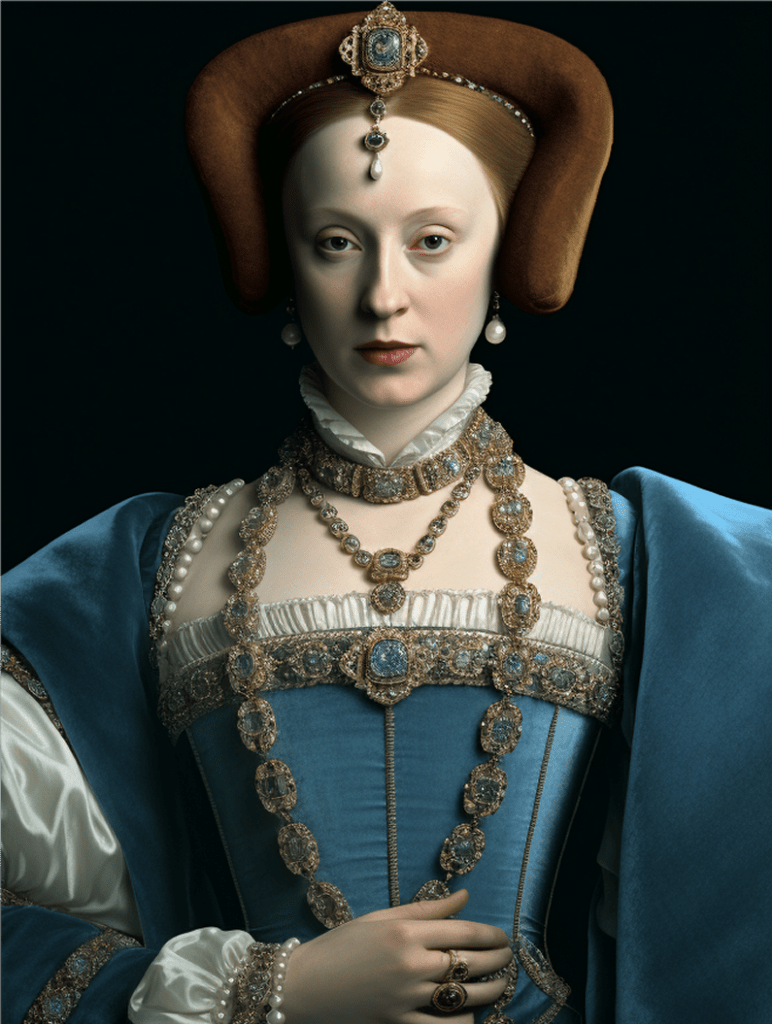On this day March 24, 1603, the reign of Queen Elizabeth I, the last monarch of the Tudor dynasty, came to an end. In the early hours of March 24th, the 69-year-old queen passed away at Richmond Palace, marking the close of one of the most celebrated eras in English history.
Elizabeth’s death was met with widespread mourning across the kingdom. For decades, the people of England had known no other monarch, and her passing signaled the end of an era. In the words of one chronicler, Westminster Abbey was “surcharged with multitudes of all sorts of people” who came to witness the queen’s funeral procession, with “such a general sighing, groaning and weeping as the like hath not been seen or known in the memory of man.”
The queen’s death also ushered in a new chapter, as the crown passed to her distant cousin, James VI of Scotland, who became King James I of England. Elizabeth had never officially named an heir, but many had long anticipated James as her successor. On the day of her death, the Privy Council quickly proclaimed James as the new monarch, ensuring a smooth transition of power.
Elizabeth’s 44 year reign, known as the Elizabethan era, was a time of great cultural and political flourishing in England. Her reign saw the defeat of the Spanish Armada, the exploration and colonization of the Americas, and the golden age of English literature, with playwrights like William Shakespeare and poets like Edmund Spenser. Though she never married, Elizabeth cultivated an image of the “Virgin Queen,” which helped cement her legacy as one of England’s most iconic and influential monarchs.
